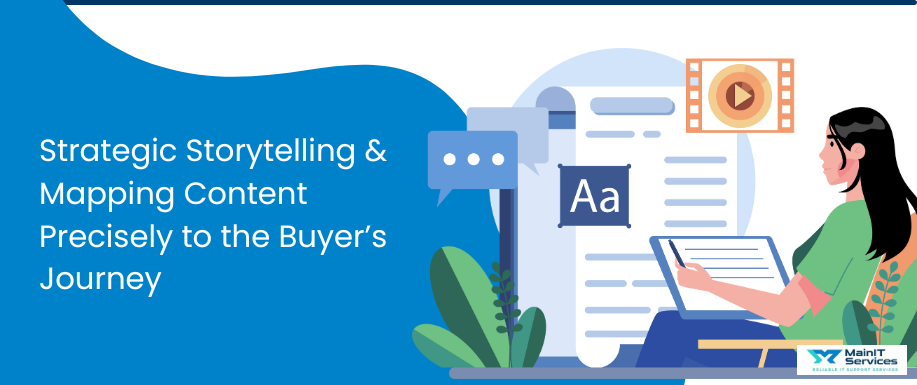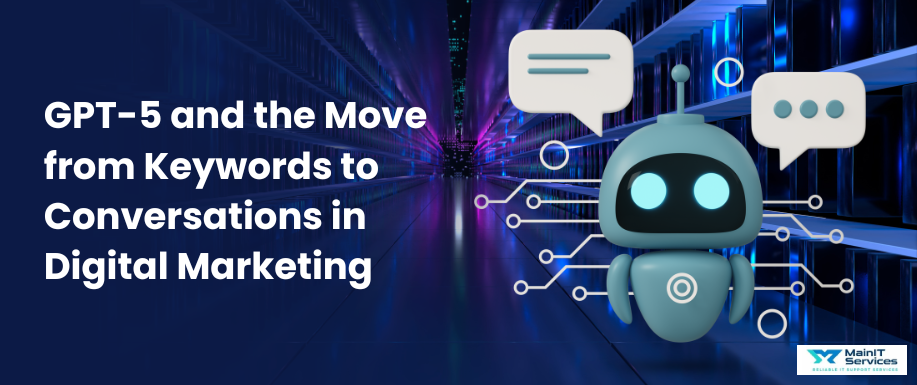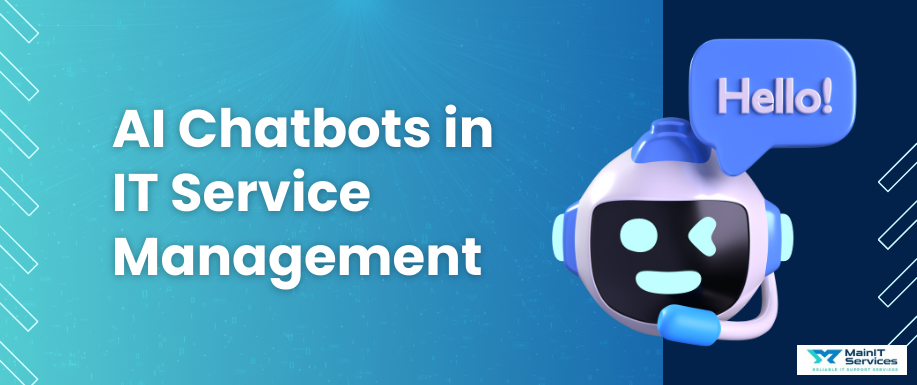
Your best content might be underperforming not because it's poorly written or not helpful, but because it's being served up at the wrong stage of the buyer's journey. Even an elegantly crafted, well-researched piece of content can fail if it's being paired with where your audience is psychologically and emotionally.
To create content that both informs and sells, you must be aware of the journey the audience goes through before making a purchase. That journey, or the buyer's journey, consists of three phases: Awareness, Consideration, and Decision. Each phase is a unique mindset and set of needs, and each requires specialized content to enable the journey.
This guide provides a step-by-step framework to align your content strategy with the way buyers think, feel, and act as they move toward a decision.
Stage 1: Awareness & Problem Realization
The buyer's journey starts with the problem or need awareness stage. At this stage, the audience is not searching for your product, but they are searching for knowledge.
Audience Mindset:
These people will feel that there's something wrong but can't quite put their finger on it. They'll tell you, "I don't know what's wrong but something isn't working." They trust very little in solutions but are very curious. They want clarity, not pitches.
Best Content Types:
This is where search-driven and learning content shine. Consider blog posts naming common errors or laying out fundamental concepts, short videos or infographics that bust myths or present shocking figures, and SEO content with pain-point words in mind. The goal is to get them where they are and guide them to discover themselves.
Tone and Approach
Your tone will be informative and empathetic, not promotional. Use relatable stories or analogies so that the reader can identify with the issue. Think of this content as a flashlight, but not a billboard.
Key Metrics:
For performance measurement at this stage, track page views, time on page, shares on social media, and engagement rates. These early signals are an indicator of how well your content is sparking first interest.
Read more at: The Impact of User Experience on Search Engine Rankings
Stage 2: Consideration — Researching Solutions
Once the problem is clearly defined, the buyer goes into exploratory mode. They're solutioning and weighing alternatives.
Audience Mindset:
Your audience now thinks, "I know what my problem is now I'd like to research fixing it." They're weighing products, services, and approaches. Their decision remains open, but they're more engaged.
Best Content Types:
This is the moment to provide comparison guides, in-depth case studies, long-form videos, expert interviews, and value-rich email sequences. Highlight real results, provide insights into how various solutions compare, and make them feel empowered to make a fully-informed decision.
Your content must be data-driven, solution-focused, and strategic. Avoid hard selling by differentiating your offering with the revelation of your unique methodology. Get your audience to perceive the relationships between their problem and your solution without ever having to pitch.
Key Metrics:
The following KPIs are useful here: content downloads (e.g., checklists or guides), email sign-ups, webinars sign-ups, and revisit rates. They indicate more trust and higher curiosity.
Stage 3: Decision — Solution Selection
With research in their pocket, the buyer is now at the decision stage. Here, final objections are negotiated and commitment is finalized.
Audience Mindset:
The buyer is close to a decision but needs a final push. They’re thinking, “I’m almost ready, I just need proof or reassurance.” They are emotionally invested, focused on detail, and more sensitive to credibility signals.
Ideal Content Types:
Decision-stage content offers product demos, feature walks, customer testimonials, reviews, price pages, ROI calculators, and email follow-ups. Content should be created to remove doubt, build confidence, and create a feeling of comfort in taking the next step.
Tone and Approach:
Be truthful, direct, and uplifting. Use real-world outcomes, customer success stories, and clear calls-to-action. Eliminate friction around the conversion by presenting the offer clearly and risk-free, allowing users to experiment with it.
Key Metrics:
Track click-through rates on CTAs, demo or trial registrations, sales conversion rate, and content engagement such as FAQs and pricing pages. These are the signals of real buying intent.
Related: How to Get More Customers with Digital Ads in 2025
A Strategy That Sells Without Selling
Content that is not mapped to the buyer's journey is a map without a compass. You may have assets that are excellent, but without tactical timing, they will fail. Mapping your content to the buyer's mindset at every step ensures that every guide, video, email, or blog is doing a specific job in moving the buyer.
It's time to look inward. Go through your top ten content assets and ask yourself: Which stage are they really speaking to? Are they meeting the mindset of the audience at that moment? Are they nudging the buyer into a clear next step?
Align first in order to take your content from messy to intentional. When your content meets your buyer where they are, it doesn't just teach it converts.

.png)

